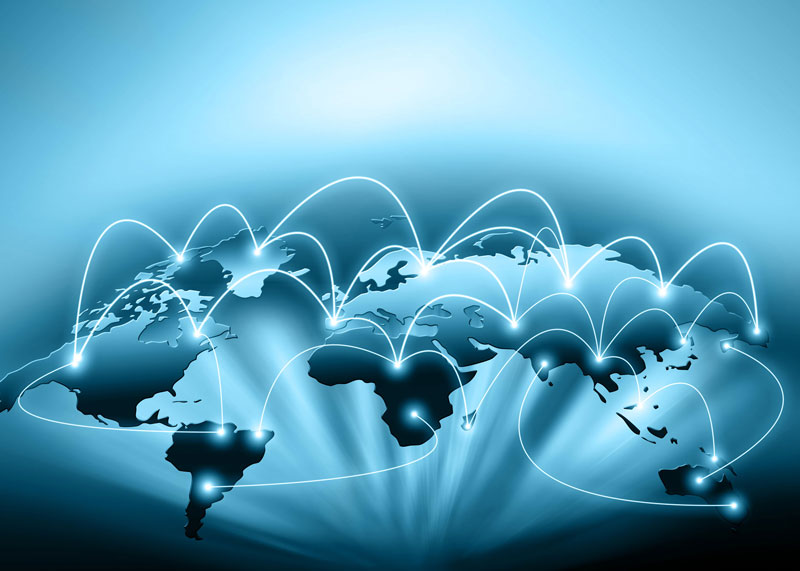Medical Call Center as a Service
Give your patients exceptional service, minimize leakage, and reduce your costs

Traditional Call Center vs. Medical Call Center as a Service
Only having a phone number for patients to call is not enough to ensure satisfactory customer service. Traditional telephone communication is slow and often results in a sub-par customer experience.
An experienced medical call center service can handle high volumes of patient calls during business hours and after-hours. It delivers patients the personalized attention they need while freeing up your onsite resources to give on-premise patients the timely services they deserve.
Streamline Appointments, Answer Frequently Asked Questions, and Improve Patient Experience
Healthcare organizations across the country are faced with the task of transforming their call centers to make scheduling more efficient and close the information gaps that frustrate so many patients.
Typically when a patient tries to schedule an appointment, they will call an individual provider directly and a receptionist simply answers the phone. But it isn’t always that simple for the patient. Patients might end up waiting weeks or months to see a physician, be put on a waitlist, or referred to an unknown network provider. The process is inefficient and very frustrating for patients.
In this antiquated system, patient liaisons are forced to toggle back and forth between schedules, provider directories, and appointment scheduling software. It becomes nearly impossible to uncover available openings or appropriate physicians within the network due to a disjointed system.
Healthcare providers that lose patients due to poor customer service or lack of physician referrals feel the results on their bottom line. Attempts at an in-house call center often fall short because there is not enough emphasis on the importance of customer service skills, and the sheer volume of calls can overwhelm an in-house medical call center.
Bundle your contact center with Unified Communications for a comprehensive, real-time view of business performance. Discover how Grainger Health System streamlined critical healthcare communications with hosted UCaaS.
The Benefits of Contact Center as a Service
Precision-Based Contact Routing
Workforce Optimization
Superior Telecommunications
Private Branch Exchange (PBX)
Highly Scalable
Simplify the Patient Journey
96% of patient complaints about doctors fault customer service.
Why it is time to outsource your medical call center
The most common complaint in the healthcare industry among patients is the difficulty of scheduling appointments. Patients become frustrated when the process is difficult, confusing, and stressful for those who want to get treatment as soon as possible. In many cases, this means they end up waiting for extended periods on the phone or may not be able to reach out and cancel appointments before being charged a fee.
Healthcare call centers exist for one reason – to serve patients and keep them happy. Call center agents should be professional and trained to deliver a consistently high-quality customer experience. They should avoid negative language, be provided with carefully crafted scripts to guide calls, and be equipped with clear guidelines on when to escalate a call and transfer the caller to someone who can better serve the patient’s needs.
Along with providing a consistently positive customer experience, CCaaS helps health organizations cut operating costs. Having an on-premise medical call center that delivers the quality service and uptime expected by customers is cost-prohibitive. There’s training, equipment, and maintenance costs.
On-premise call centers are also extremely inflexible. When disaster strikes, such as COVID-19 sending employees to remote work situations, a location-based call center becomes a serious logistics nightmare, puts employees at risk, and creates chaos for patients.
When you partner with a medical call center as a service provider, you get all of the benefits of a high functioning on-premise call center without the upfront investment costs and the flexibility to seamlessly upgrade technology at no cost as it’s released.
CCaaS can increase revenues for health systems
Patient engagement is incredibly important, but it should not be the sole consideration. Your communication system also impacts your entire care team and your bottom line. Your staff might be managing tens of thousands of appointments per month — by automating engagement and the handling of manual tasks, you can reduce the burden on your staff while delivering superior customer service.
CCaaS can automate appointment reminder activities and processes. Patients receive multiple reminders for appointments – via voice, e-mail or text – and in their preferred language, without manual intervention from staff. This level of automation reduces or even eliminates patient leakage by decreasing no-shows and handling rescheduling.
Studies show that a typical medical office experiences no-show rates ranging from 15 to 30% or more. If you are a physician with a 30 percent no show rate, that can represent up to $90,000 over a year. By investing in a CCaaS solution, healthcare facilities will find the return on this investment to be significant.



